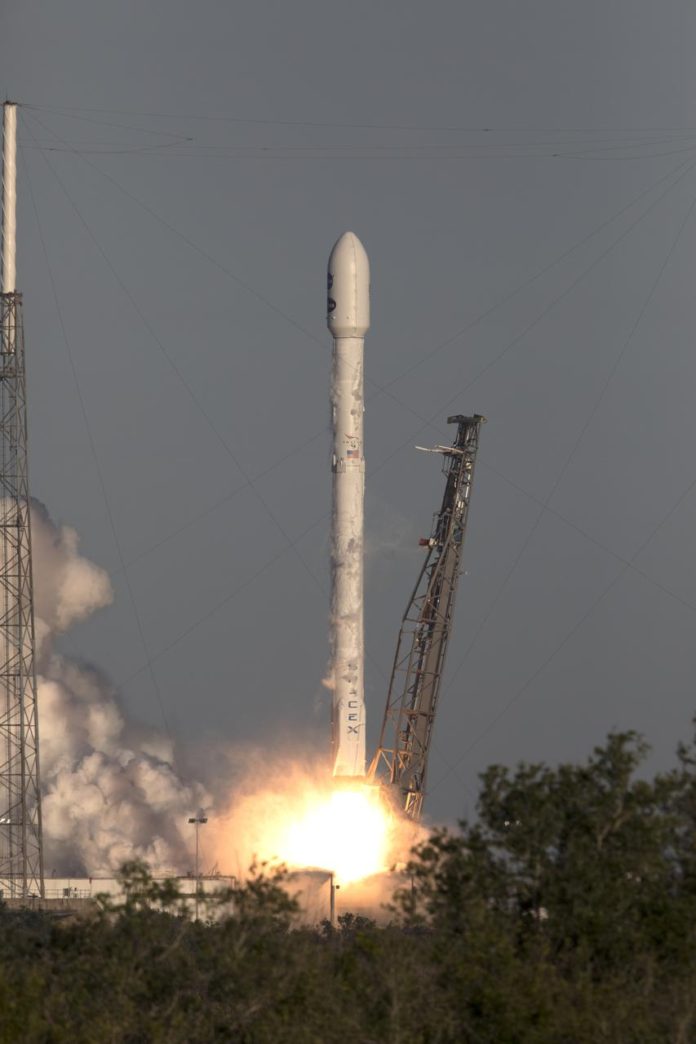
Researchers at the University of Louisville are looking to the stars — or, rather, the planets potentially orbiting around them.
UofL will be part of the ground-based team for NASA’s Transiting Exoplanet Survey Satellite (TESS) program, which launched in mid-April from the Kennedy Space Center in Florida atop a SpaceX Falcon 9 rocket. The main goal is to identify 50 Earth-like planets revolving around nearby stars.
The satellite will search about 85 percent of the sky for planets over two years. The images will be somewhat low-resolution and cover huge sections of sky, so there will be some blurring of stars.
“There will be millions of stars observed by TESS,” said Dr. John Kielkopf, professor of Physics and Astronomy. “It will be a matter of which ones have planets that we can detect.”
The ground-based partners, including UofL’s Moore Observatory, in Crestwood, Kentucky, will help check the information collected by the satellite, and expand on it.
“TESS can generally only measure the size of a planet,” said Dr. Karen Collins, who is leading the program through Harvard-Smithsonian Center for Astrophysics. “But under the right conditions, photometric ground-based telescopes can measure the masses of those Earth-sized planets.”
For Collins, this new project is not only an opportunity to explore the stars, but to work again with her home campus and advisor. She earned her PhD in the department of Physics and Astronomy at UofL.
“Indeed, I sometimes have to pinch myself to make sure all of this fun is really happening,” she said. “It certainly is a busy and exciting time in my new career.”
At UofL, she worked with the Kilodegree Extremely Little Telescope, or KELT, ground-based transit survey. As part of that work, she developed methods of making extremely precise measurements of changes in the apparent brightness of stars, leading to the discovery of exoplanets in collaboration with the KELT project.
The software she developed is now widely used for studying planet candidates identified by the Kepler satellite and for TESS followup.
The idea is to measure how much light a planet blocks when it passes in front of a star. Astronomers can measure this light from Earth, but they have to deal with clouds, artificial light and other obstructions that get in the way. On a satellite, that’s not a problem.
“The atmosphere limits the photometric precision of ground-based telescopes, and that’s where TESS comes into the picture,” Collins said. “In a sense, TESS is like four KELT cameras in space.”
In addition to UofL’s Moore Observatory, university researchers and students will work with observatories at Mt. Lemmon in Arizona and Mt. Kent in Australia. The telescopes will use photometry and spectroscopy to measure the brightness of the star and speed of the planet’s orbit.
“Together, the data give the size and mass of the planet, and let us determine whether it is like Earth,” Kielkopf said.
The partners include the University of Southern Queensland in the Southern hemisphere, and in the Northern hemisphere, the Harvard-Smithsonian Center for Astrophysics, the Massachusetts Institute of Technology and UofL.

































